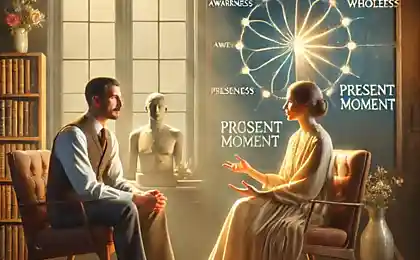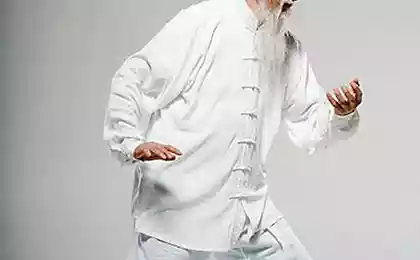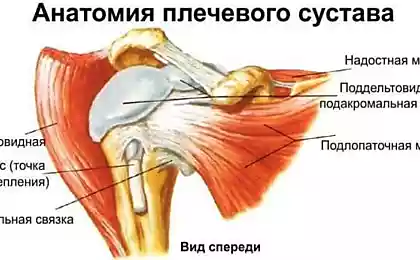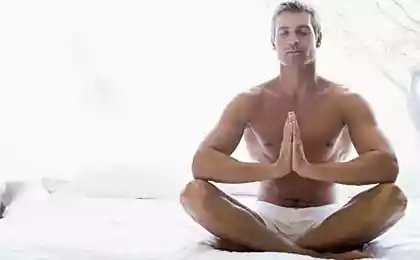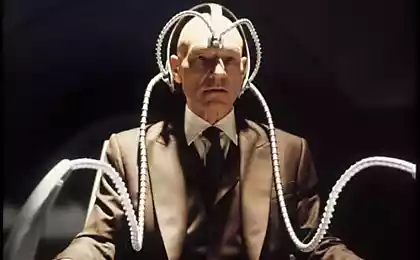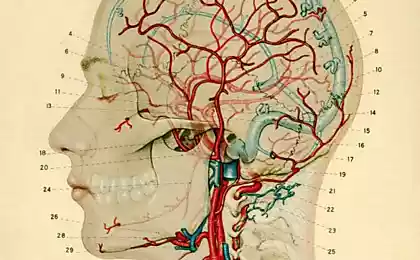301
Mindfulness: 7 exercises of Gestalt therapy

Introduction. In an ever-changing and fast-moving world, we are increasingly faced with stress, information overload, and sometimes the inability to stay “here and now.” Since ancient times, philosophers and spiritual teachers have emphasized the value of conscious living, but in modern times, thanks to Gestalt therapy, this idea has received specific tools for direct implementation in everyday life. It is the Gestalt approach that allows you to reorient yourself to the present moment, teaches you to see and feel, rather than burrowing into endless thoughts about the past or the future.
Why do we need awareness? According to modern psychologists (and, in particular, studies (APA)), the regular practice of “presence in the moment” significantly reduces the level of anxiety and contributes to a better understanding of their emotions. Moreover, Gestalt therapists believe that many dissatisfaction with life arises from “incomplete gestalts” – situations and feelings that we did not live to the end. A conscious appeal to one’s inner world helps to identify and correct such “unclosed needs.” In this article, we will look at 7 exercises from Gestalt therapy that can be useful for anyone who wants to strengthen contact with themselves and others.
1. The Here and Now exercise
One of the key concepts of the Gestalt approach is “here and now.” The idea is to shift the focus of attention to the present moment, pulling yourself out of the endless thoughts of “what was” or “what will be.”
- How to do this: Sit comfortably, look around. Note all the details of the situation: sounds, smells, air temperature. Allow yourself a few minutes to simply perceive the world without judgment or judgment. Then smoothly move on to your feelings: “I feel a slight tension in the shoulders”, “I am warm.” Describe to yourself what “now” is in you, around you.
- Benefits: It helps to “ground”, stop the autopilot of thoughts, restore contact with reality.
Why does it matter?
Studies show that the “exacerbated” presence in the moment reduces the level of cortisol (stress hormone), and therefore improves overall well-being and reduces irritability. For Gestalt therapy, the “here and now” principle is the basis that allows the client to track their true feelings until they “go into the shadows.”
2. Exercise "Awareness of bodily sensations"
We often fail to notice the body signals that make us aware of overwork, emotions, or somatic reactions. Gestalt therapists attach special importance to contact with the body, since in many cases internal conflict manifests itself in stiffness, muscle blocks, pain of unknown origin.
- How to do this: Try to close your eyes (if the situation allows) and consistently “scan” your body – from the feet to the top, lingering in each area. Ask yourself, “What do I feel here?” Heat, cold, tension, tingling?
- Benefits: This “body check-up” develops sensitivity to one’s own state, helps to recognize emotional clamps in time, which can then be discussed or worked out in therapy.

3. Hot chair exercise (or self-dialogue)
The famous Gestalt technique, the hot chair, is usually practiced in sessions, but can be adapted for independent work. When an internal conflict arises between different parts of you (for example, “I want to go to a new job, but I am afraid to leave the old one”), you imagine two chairs (or two positions) and, changing the location, speak from the face of each “participant” of the conflict. So you give voice to both the shy and the ambitious.
- Home application: Take two chairs, call them, for example, "My fear" and "My desire for freedom impulse." Sit one at a time in each room, making arguments. Write down what you heard.
- Outcome: It helps to integrate "disparate" feelings, find compromise and voice hidden emotions, otherwise left unexpressed.
4. Exercise "Unfinished Dialogue"
In Gestalt therapy, there is a practice that allows you to “close” an emotionally unfinished situation with another person (or even a person who has already passed away). It is believed that if we have not expressed resentment, have not confessed our feelings, have not forgiven, then this “incomplete gestalt” continues and affects our mental state.
- How: In a calm atmosphere, imagine that you have someone with whom there was an unfinished conversation. Say out loud everything that was unfair or hurtful, and then your wishes and final words. If the need arises, forgive or admit your guilt.
- Purpose: Let go of a situation that carries an emotional burden. It doesn’t necessarily mean repairing a relationship, but an inner “closure” of pain.
Why does it matter?
According to the data, people engaged in such “imaginary dialogues” noted a decrease in anxiety and a decrease in feelings of guilt or anger. They begin to sleep better, think less about the “past”, because the emotional tension is partially discharged.
5. Exercise “Dialogue with symptom or emotion”
If you are haunted by a particular emotion (say, a persistent resentment) or a physical symptom (headache for no medical reason), Gestaltists suggest “getting in touch” with that emotion/symptom, treating it as an “interlocutor”:
- Steps: Sit down, close your eyes or focus on the inside screen. Imagine that your pain/resentment/fear is a figure that can talk. Ask, "Why are you here?" What do you mean? What do you expect from me? Write down the answers, even if they seem strange.
- Result: You may find that the emotion is trying to protect you, to suggest your vulnerability, to call for change. Dialogue helps to understand the hidden meaning and learn how to manage these signals environmentally.
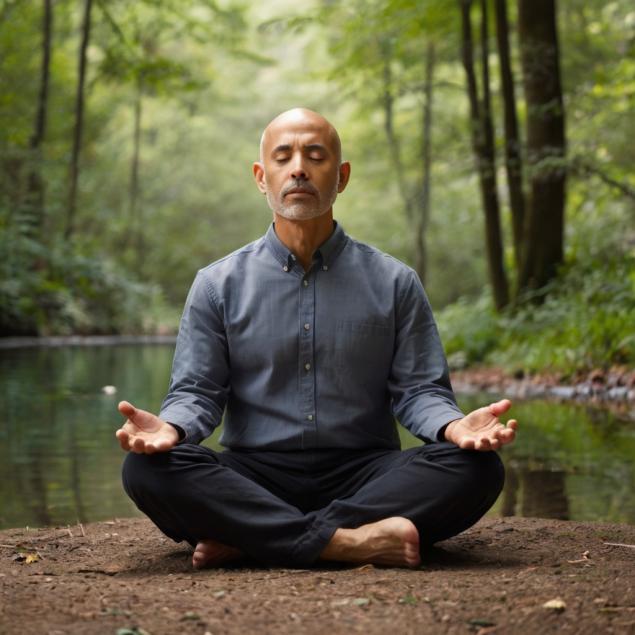
6. Exercise "Contact with the environment"
An important part of Gestalt philosophy is the understanding that we are inseparable from the environment. Often our well-being depends on the quality of contact with people, nature, social space. It is possible to periodically realize how we “get in touch” with the world.
- Practice: Go outside or into the park and slow down. Touch a tree, look up at the sky, breathe in air. At the same time, note your feelings: “I feel calm looking at the foliage”, “I feel like I am part of this big world.”
- Effect: Reduces the feeling of isolation, reminds us that we are not alone – there is a connection with nature, surroundings, the planet.
7. Exercise "Leader and follower"
Initially, it can be conducted in pairs, but with a certain imaginary practice, it can help one person. In the classical format, one person closes his eyes and the other leads him, creating a safe but mysterious environment for the person to learn to trust and experience new experiences in the body.
- Adaptation for solo work: Imagine that there is your “leading part” (decisive, bold) and your “led part” (cautious, uncertain). Give them the opportunity to “determine” who is responsible for what. This helps to balance “courage” and “caution” by finding the optimum in action.
Why these exercises help to develop awareness
Gestalt therapy focuses heavily on restoring the integrity of the human person so that thoughts, feelings and actions do not “live apart.” Through the exercises listed above, we train the ability to notice what is happening in ourselves and around us. Mindfulness, on the other hand, means being able to stay in touch with reality without escaping into fantasy or rigid “defensive responses.”
Statistics confirm that people who practice conscious techniques are less likely to face burnout, anxiety disorders and psychosomatics. For example, several studies of the Gestalt approach have shown improvements in emotional well-being and social adjustment in patients who have undergone therapy. This shows that in home use, such exercises can become a “self-help tool.”
Conclusion
Mindfulness is not reduced to a buzzword or Eastern meditation practices, it can be reinforced by specific psychological techniques – and Gestalt therapy is one such suitable system. The seven exercises presented above are only a small part of the possibilities of gestalt practice, but they give a taste of “here and now”, help to make friends with your emotions, learn to better understand body signals and complete “unclosed gestalts”.
The main thing is that awareness does not require drastic changes in lifestyle. Sometimes it is enough to allocate 10-15 minutes a day for “dialogue with yourself”, a body scan or a mental “hot chair” to eventually feel a rush of calm and clarity. Perhaps these simple steps will be the starting point of your deeper journey into the world of Gestalt therapy – whether with a professional therapist or on your own. After all, as many people experience, when we stop running and begin to consciously “contemplate” the present, we allow a deeper sense of wholeness, contentment and contact with the environment into our lives. And the gestalt approach just reminds you that your wholeness is already inside, you just have to give yourself a chance to meet it.


